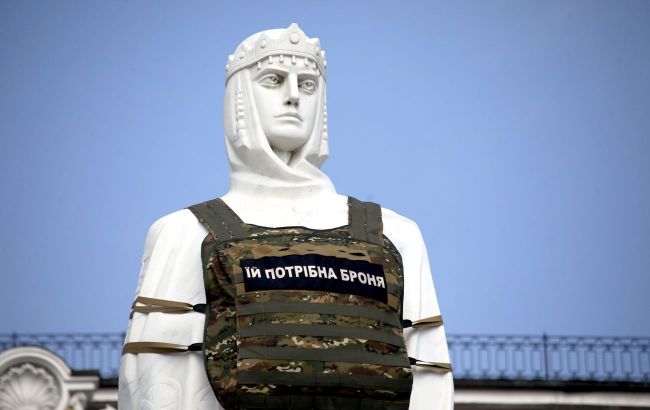Real story of Princess Olga — Myths, facts, and how she transformed Rus
 The true story of Princess Olga, who was an innovator and a Christian (photo: Getty Images)
The true story of Princess Olga, who was an innovator and a Christian (photo: Getty Images)
Her name is well known to everyone, but her image is full of contradictions. Princess Olga is called a cruel avenger who burned the Drevlians with fire and cunning, and a wise reformer who created a new system of governance. She became the first ruler of Rus to adopt Christianity, opening the path to the state's future baptism. Did Princess Olga really burn the Drevlians with birds, introduce taxes, and who was this woman who was the first to embrace Christianity in Rus?
Revenge that became a myth
In 945, the Drevlians killed Princess Olga's husband, Prince Igor. Then the young widow, left with her small son Sviatoslav, took power.
The Tale of Bygone Years depicts her as a ruthless avenger. She buried envoys alive, burned others in a bathhouse, and during a funeral feast, slaughtered thousands of people. The most striking story is the burning of Iskorosten with the help of pigeons and sparrows carrying smoldering nests.
Historians agree that the story of the birds and the burning nests is a chronicle legend, not a fact.
Researchers believe that the details about the birds are a literary embellishment created for dramatic effect. At the same time, the fact of the Drevlians' subjugation and the destruction of their city is not disputed.
New type of stateswoman
But behind the many legends lie real achievements. Olga carried out reforms that changed the financial system of Rus.
She abandoned the dangerous practice of "polyudiia" (personal trips to collect tribute) and created pohosts, administrative centers for tax collection. This was a step toward centralization and the formation of a state apparatus.
Modern historians compare these innovations to a "tax revolution." They allowed her to avoid uprisings and ensured stable revenues for the princely treasury.
Baptism and diplomacy
Her most important step was embracing Christianity. Chronicles describe the princess’s journey to Constantinople in the mid-10th century. There she was baptized, likely in 957.
According to legend, Emperor Constantine the Great even wanted to marry her.
But Olga cleverly replied that since he had become her godfather, marriage was impossible. Researchers also interpret this story more as symbolic, a way to present Rus’s diplomatic victory over Byzantium.
Olga tried to spread Christianity in her homeland, but her son Svyatoslav remained a pagan. The final step was taken by Olga's grandson, Prince Vladimir, the baptizer of Rus in 988.
Legacy of Princess Olga
Olga died in 969 and was buried as a Christian. A century later, she became one of the first canonized saints of Kyivan Rus, and by the 16th century, she was venerated as "equal-to-the-apostles."
She left behind two legacies. The first is the image of a strong woman who not only endured tragedy but also managed to hold power in a world ruled by sword and strength.
The second is the Christian tradition, which, within a few decades, transformed Rus into one of the largest Christian states in Europe.
Thus, in reality, Princess Olga was a stateswoman and reformer, but chronicles and legends turned her into either a "bloody avenger" or a "wise saint."
You may be interested in:
- Where in Ukraine the heritage of Europe can be found
- Ukrainians who are honored abroad but forgotten at home
Sources: Medievalists.net, WorldHistoryConnected, Wikipedia, Glavred.

